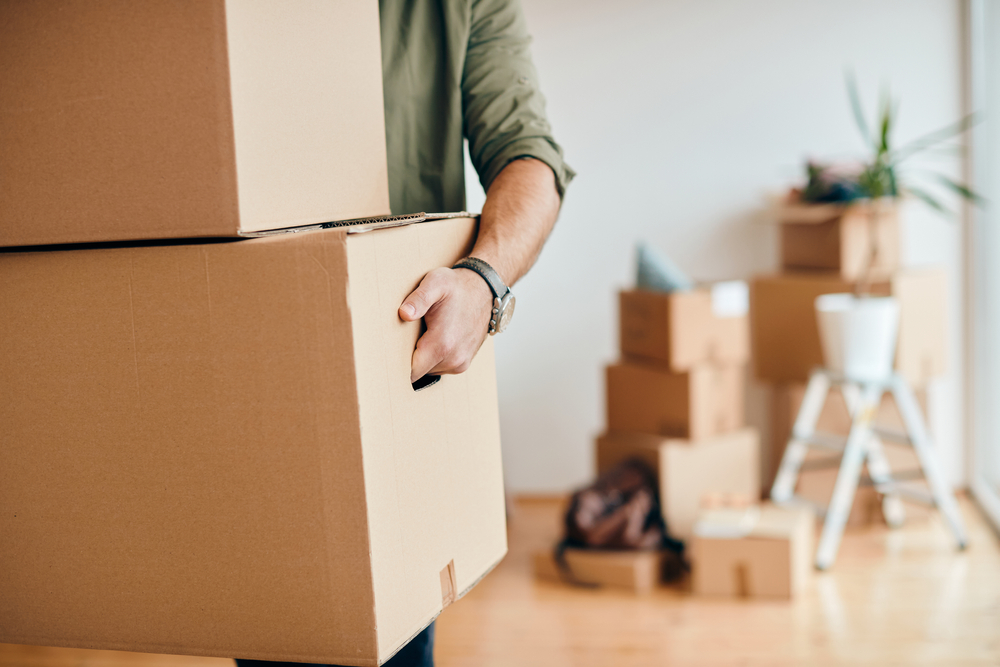Moving from one residential property to another can be a daunting experience. One of the most challenging aspects of residential moving is packing. Packing can be overwhelming, especially for individuals who have never moved before. But, with proper preparation and organization, residential moving packing can be an easy and stress-free experience. In this article, we will discuss the top 10 residential moving packing tips that can help make your move seamless.

1. Use High-Quality Packing Supplies
Investing in high-quality packing materials is the first crucial step in making your residential moving packing experience hassle-free. For instance, sturdy boxes, bubble wrap, packing tape, and markers can go a long way in making sure your belongings remain safe during transit. Amazon is usually a good cheap source for all these items. Quality packing materials also make it easier to organize your items by size, weight, and functionality.
2. Get Rid of Unnecessary Items
Before packing, decluttering is an essential step that can help you get rid of unwanted or outdated items. Unnecessary items can accumulate in your house over time, taking up valuable space, and making packing to relocate more challenging. To make the process of residential moving packing easier, it’s best to get rid of the things you don’t need by donating, throwing away, or selling.
3. Label Every Box Clearly
Labeling each box can save you a lot of stress and ensure that your things are in the right place once you arrive at your new home. Label every box by room and contents. This will help movers know where to place each box, and it will also make unpacking more accessible, as you will know precisely where your things are.
4. Pack Your Items by Room
Packing items by room can make the residential moving packing experience more manageable. This method allows you to organize your belongings better, save time, and keep your things in the best condition. Start packing the things you use the least, and remember to label each box as you pack.
5. Use Blankets or Towels for Padding
To protect your belongings during the move, use blankets or towels to wrap fragile and delicate items like glasses, plates, and vases. You can also use these textiles to line the bottom, sides, and top of boxes containing valuable items like electronics. Soft materials like old clothes can also be used to cushion items that are prone to shifting or breaking in transit.
6. Pack Heavy Items at the Bottom of Boxes
Packing heavy items such as appliances at the bottom of the box and lighter items at the top can prevent damages during the residential moving packing process. This is because it’s easier for heavy items to damage lighter, more fragile items.
7. Fill Boxes Tightly
Tightly packed boxes can reduce the risk of damage during residential moving packing. If there is empty space in a box, your items will shift around, which can cause breakage or damage. Fill every box as tightly as possible with extra padding to keep items firmly in place.
8. Hire Professional Movers
Hiring a professional moving company can make the residential moving packing process less stressful. They have the experience to help you pack and unpacking your things more efficiently, save time, and keep your belongings safe during transit.
9. Pack a Bag with Essential Items
Apart from residential moving packing, it’s always a good idea to pack a bag with everyday essentials such as clothes, medications, toiletries, and other valuable items. Moving can often be overwhelming, and having a bag with essential items on hand can make the process easier.
10. Create an Inventory List
Creating an inventory list can help you keep track of your belongings during the residential moving packing process. List all items you’re moving, the number of boxes, and where they should go in your new home. A catalog can help you identify any missing or lost items during the move and make claiming them easier if any mishap occurs.
Moving can be an overwhelming process, but with proper preparation and organization, it doesn’t have to be complicated. Investing in high-quality packing materials, decluttering, labeling, packing items by room, and packing a bag with essential items are some of the tips that can make the residential moving packing process smoother. Even if you decide to hire professional movers, managing your belongings, and packing according to the tips mentioned can reduce stress, save precious time and ensure everything arrives safely at your new residence.

